1. Product Details
The Exclusive Brown & White Modern Moroccan Rug With Checkered Geometric Pattern is a timeless design that blends earthy tones with a contemporary aesthetic. Its brown and white checkered pattern offers a clean and modern look while maintaining the charm of Moroccan craftsmanship.
- Unique Design: The checkered geometric pattern adds a touch of sophistication, making it an excellent fit for minimalist, modern, or bohemian interiors.
- Custom Options:
- Available in a variety of sizes to complement any room.
- Customize colors and patterns to suit your personal style preferences.
This rug is handwoven using premium Moroccan wool, providing a combination of luxurious softness and lasting durability.
2. Product Description
Elevate your interior decor with the Exclusive Brown & White Modern Moroccan Rug With Checkered Geometric Pattern. Its classic checkered design in warm brown and crisp white tones creates a versatile aesthetic that pairs beautifully with both contemporary and traditional settings.
Handcrafted from high-quality Moroccan wool, this rug offers plush comfort and exceptional resilience. Each piece is a testament to the expertise of Moroccan artisans, merging traditional techniques with modern design sensibilities.
3. Available Sizes
Choose from these standard sizes or request a custom dimension:
- 3×5 ft (150×90 cm)
- 5×6 ft (180×150 cm)
- 5×8 ft (240×150 cm)
- 6×5 ft (300×200 cm)
- 6×8 ft (240×180 cm)
- 8×10 ft (300×240 cm)
- 8×11 ft (340×240 cm)
- 9×12 ft (370×280 cm)
- 10×12 ft (370×300 cm)
- 10×14 ft (430×300 cm)
- 12×14 ft (430×370 cm)
4. Shipping and Returns
Rug Creation Timeline:
The Exclusive Brown & White Modern Moroccan Rug With Checkered Geometric Pattern is handcrafted to order and requires 3 to 5 weeks for production. Larger or more intricate designs may take additional time.
Shipping:
We partner with premium shipping companies to ensure your rug is delivered securely and promptly.
Returns Policy:
All sales are final. Please ensure all measurements, colors, and design details are accurate before placing your order.
Order Cancellation:
You may cancel your order until 9:00 PM GMT the following day for a full refund.
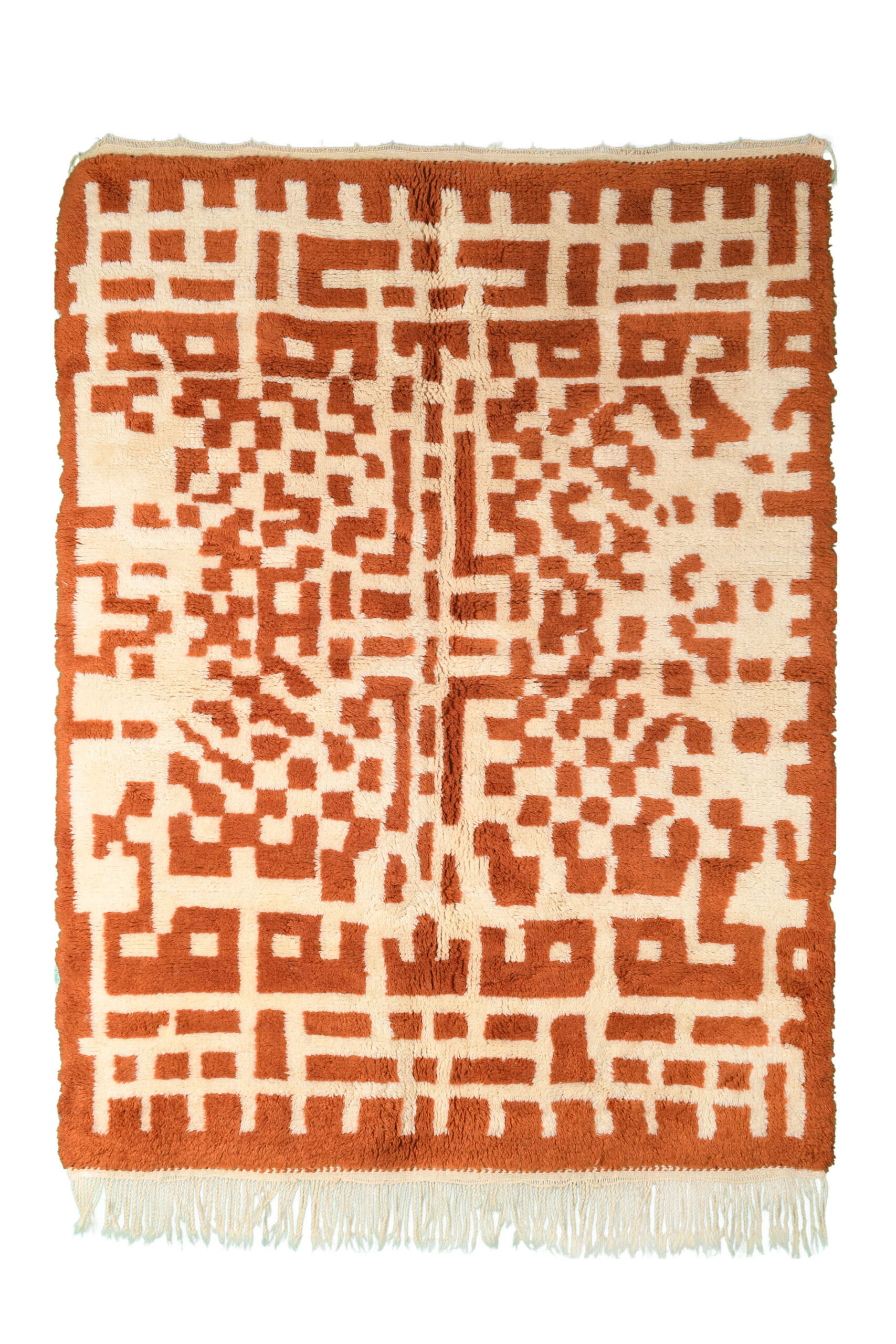
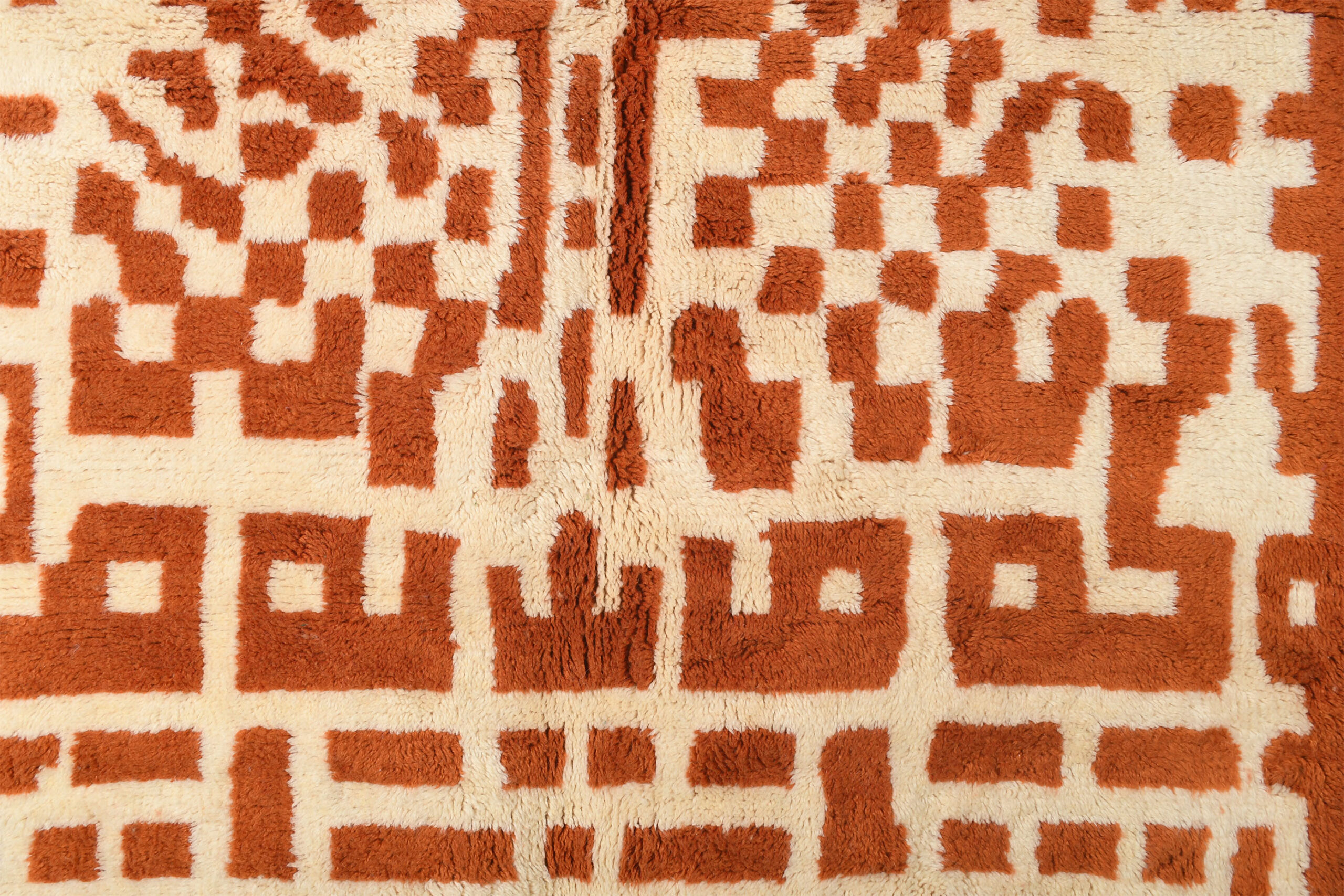
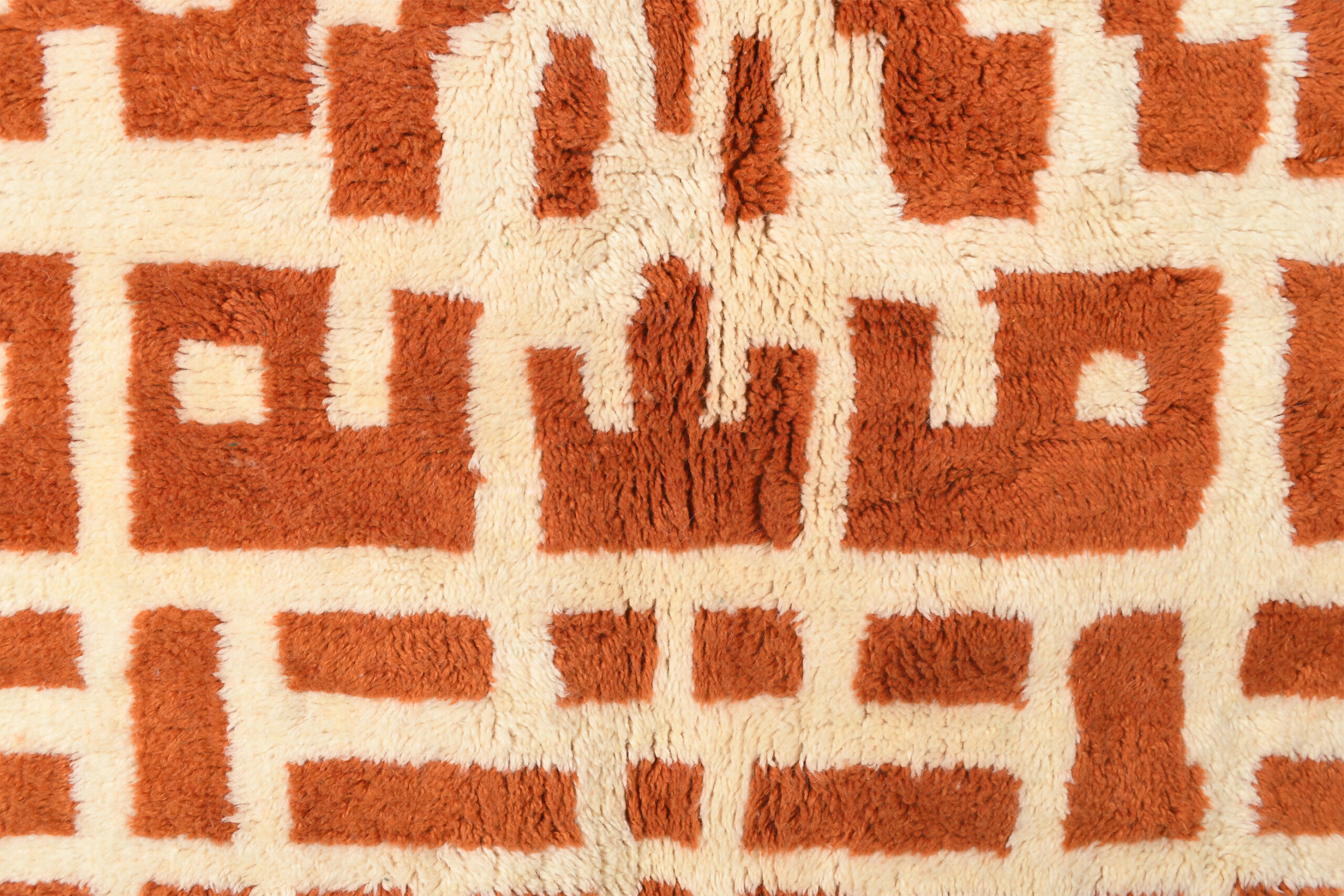
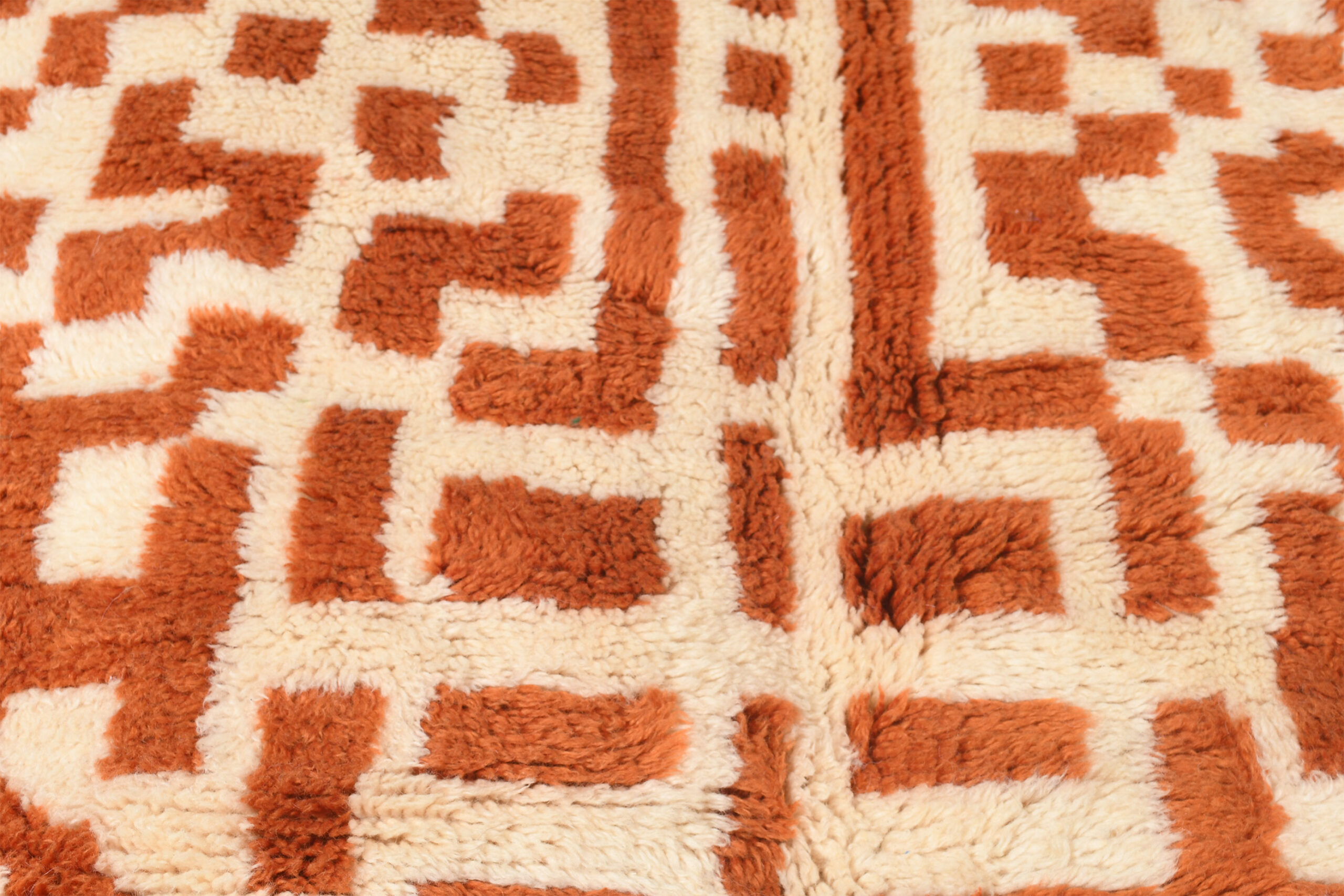
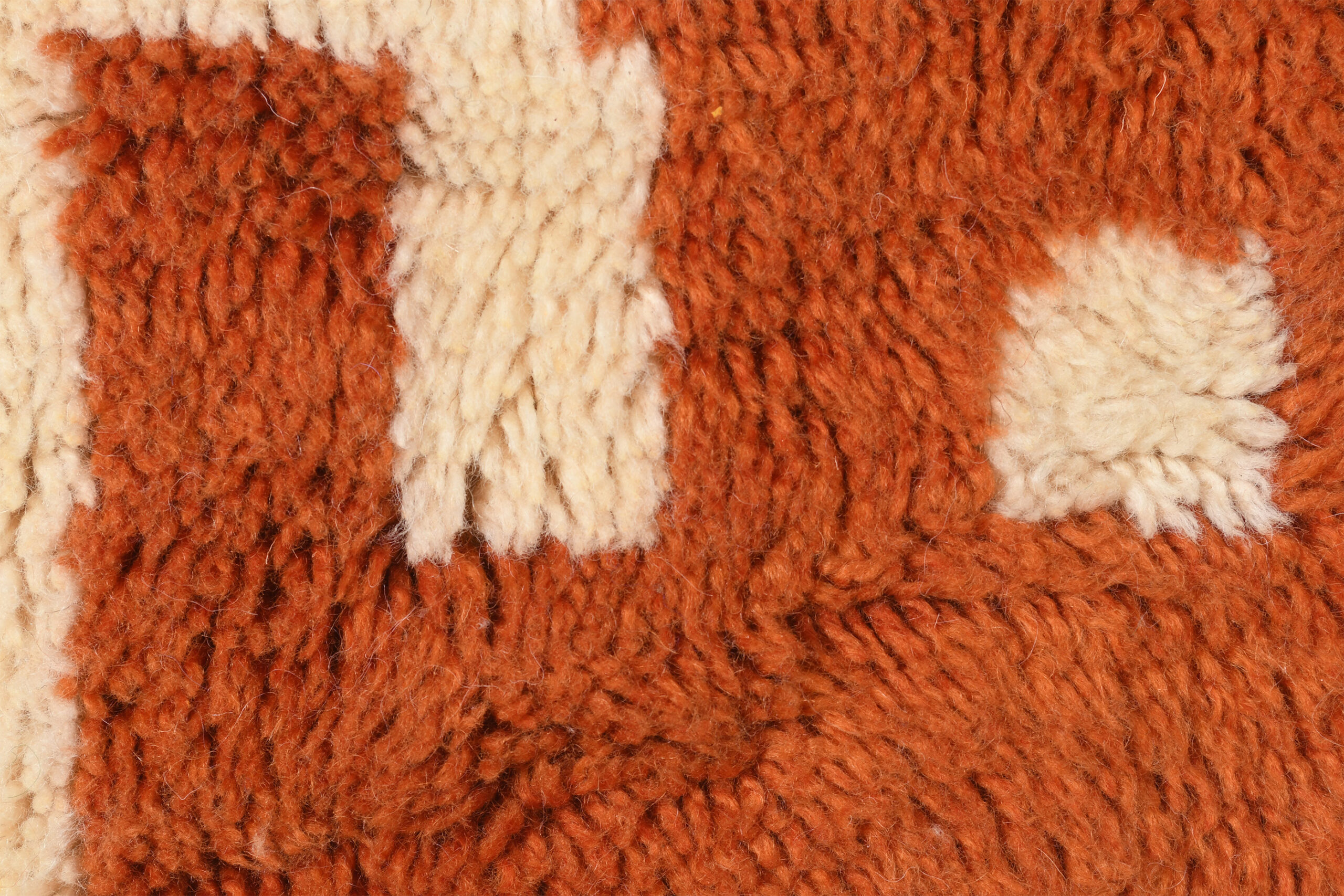
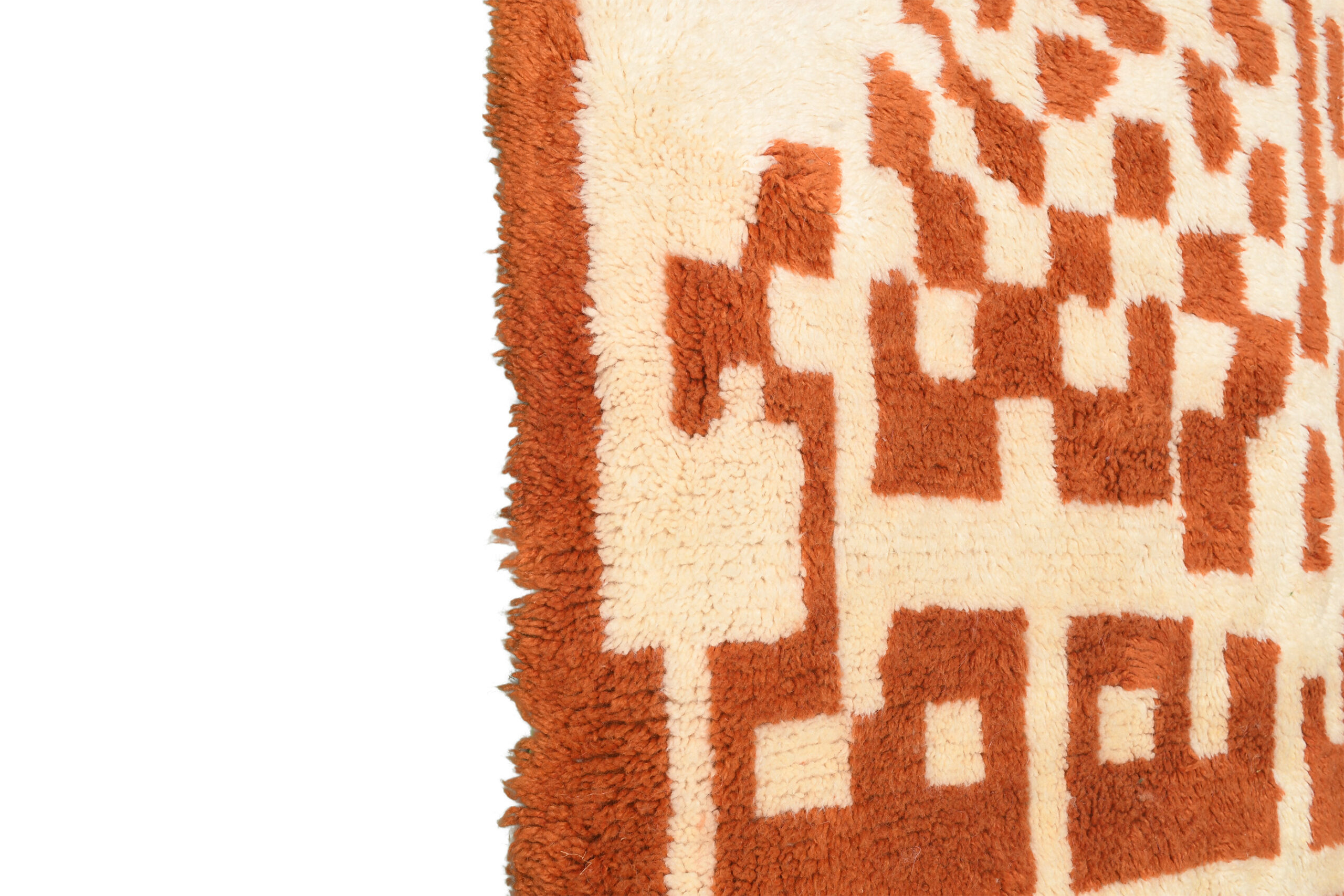
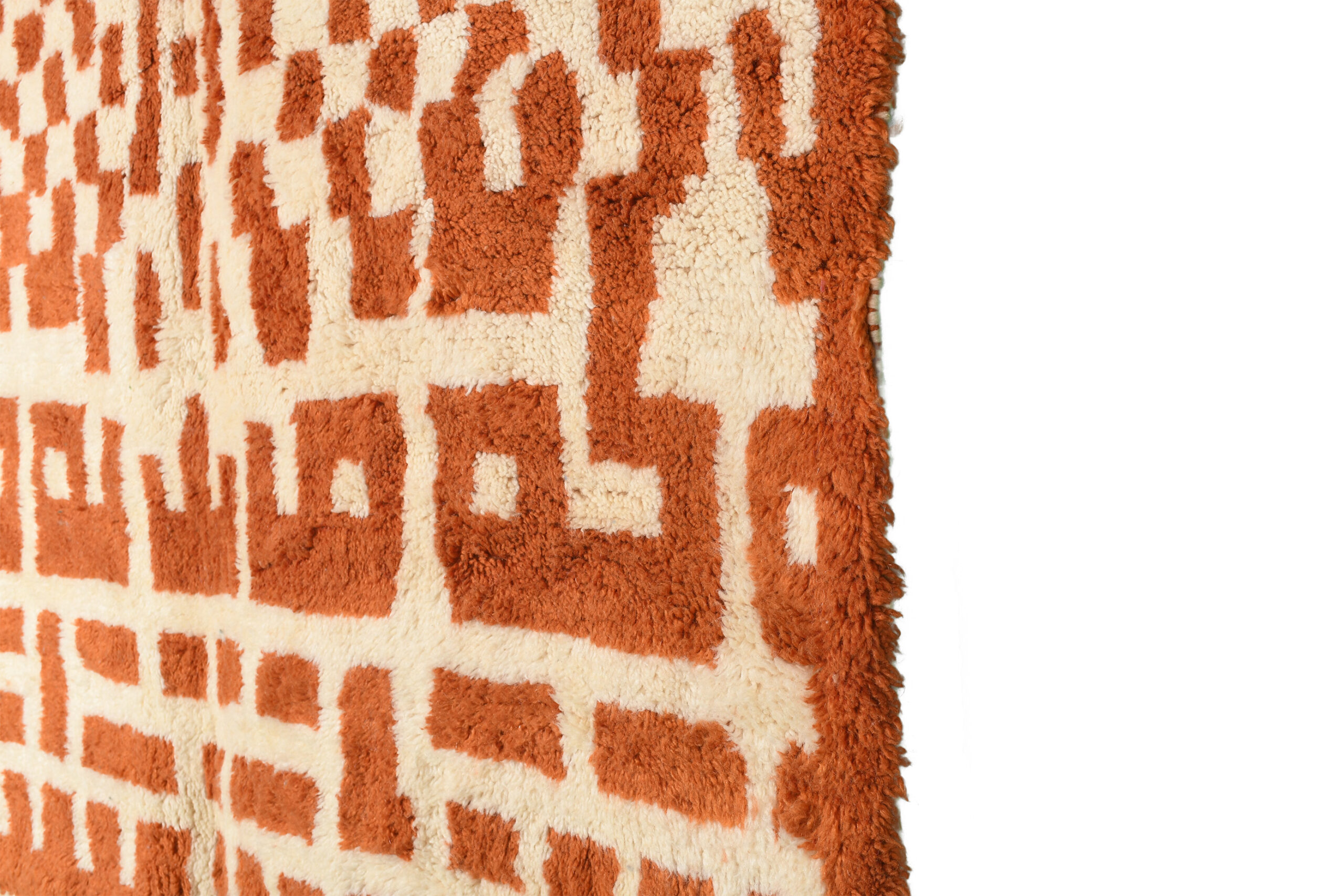
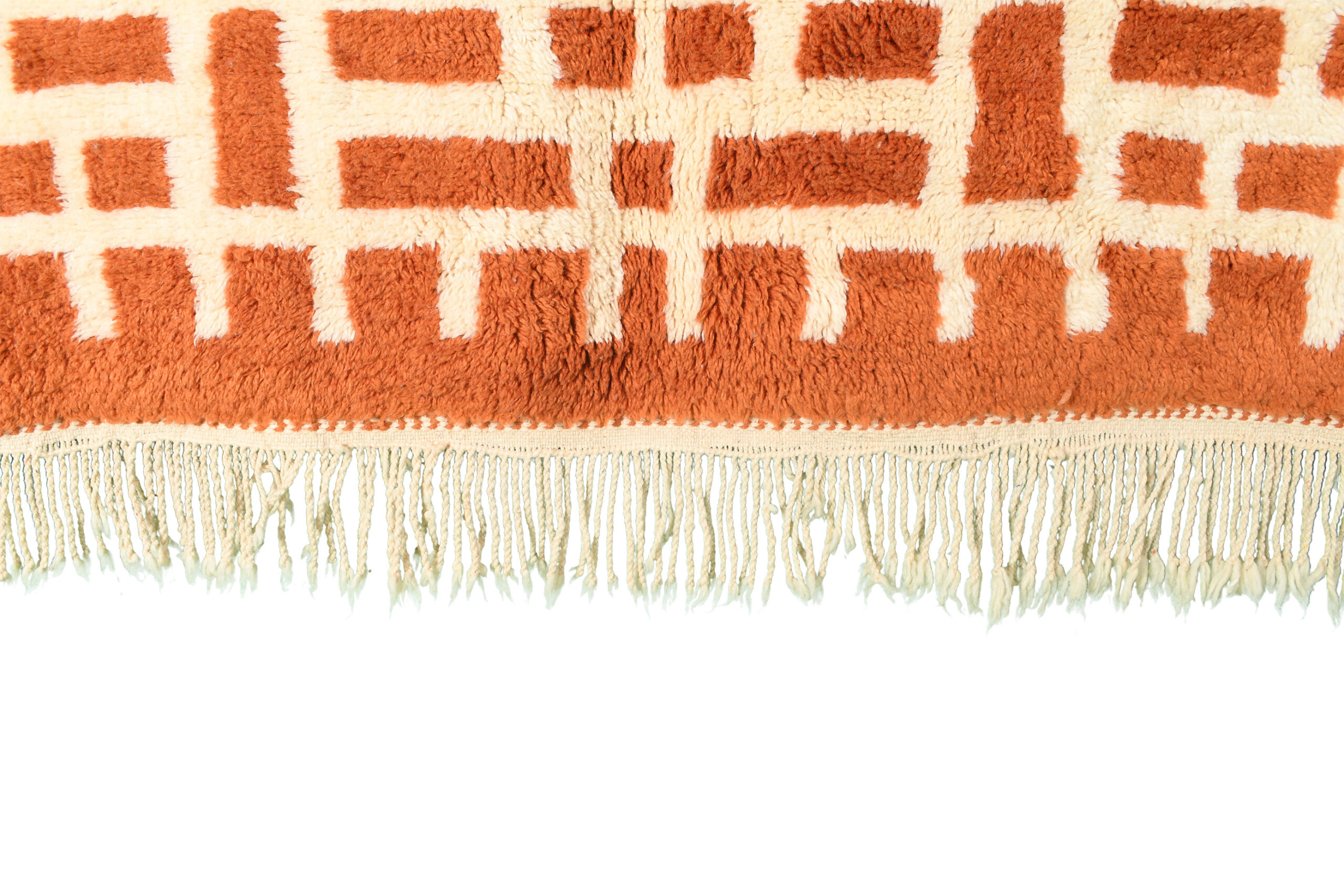
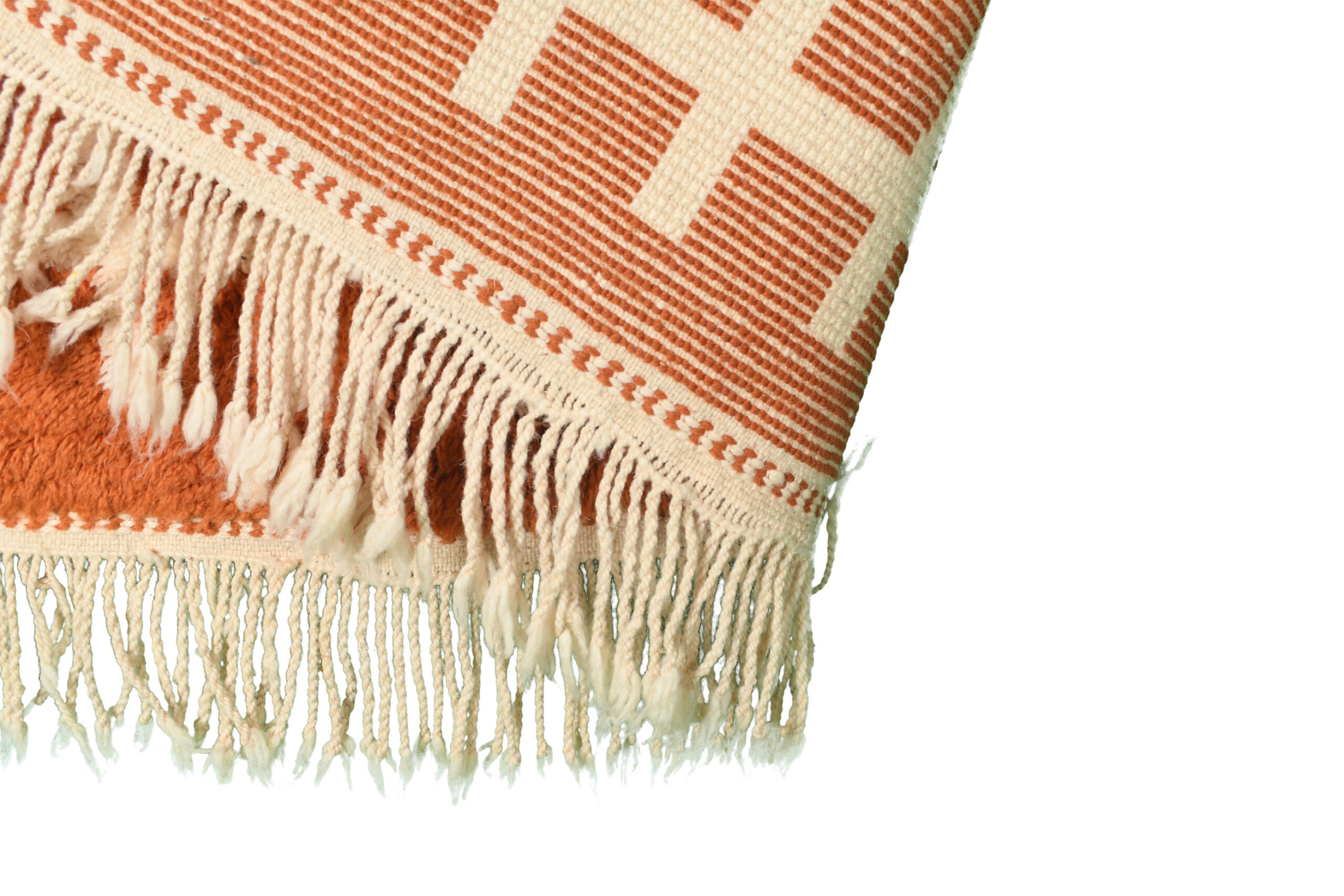
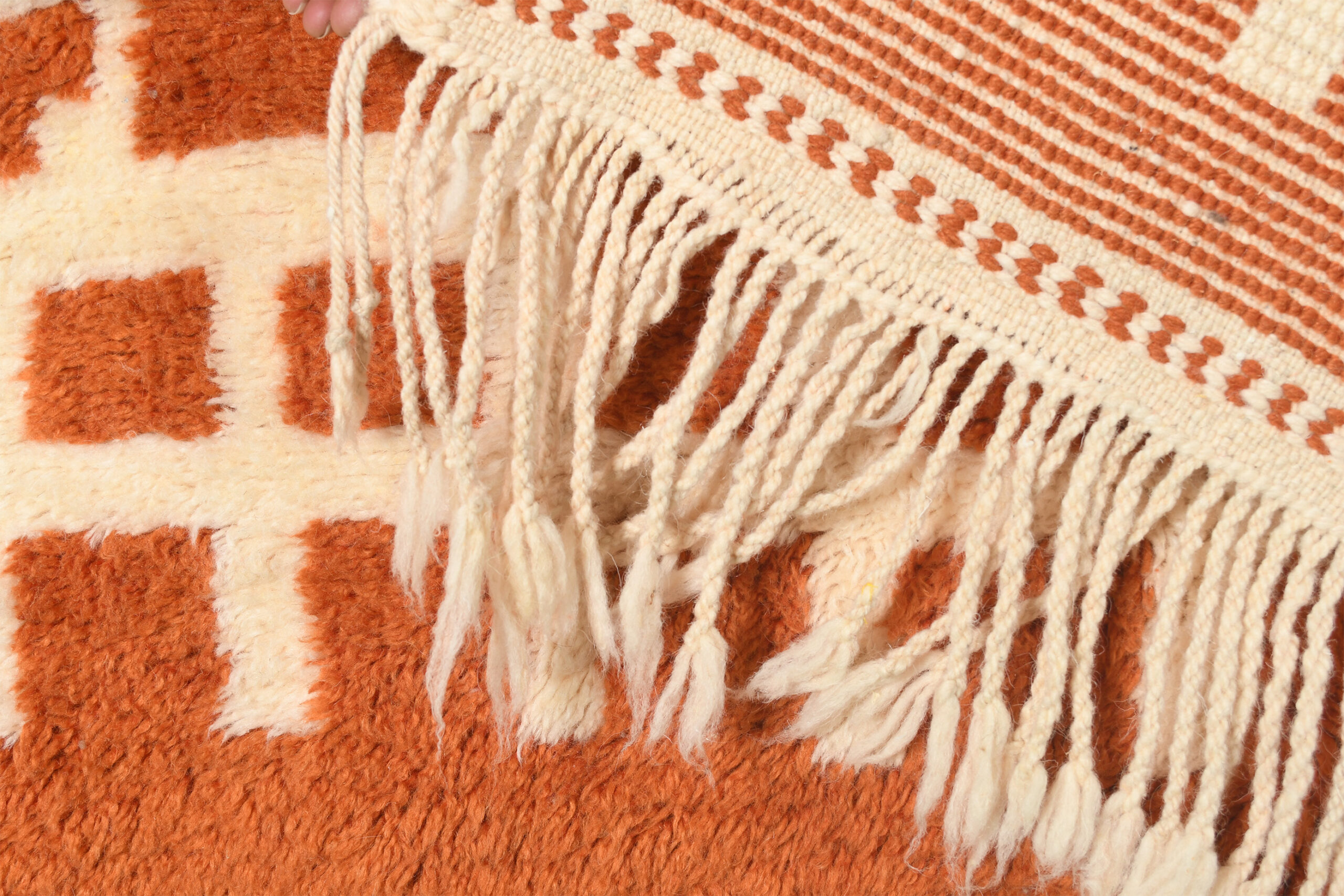
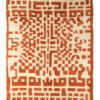

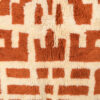
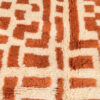
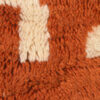
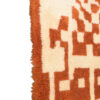
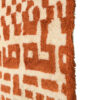
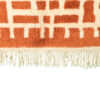
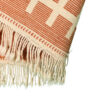
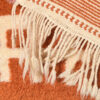

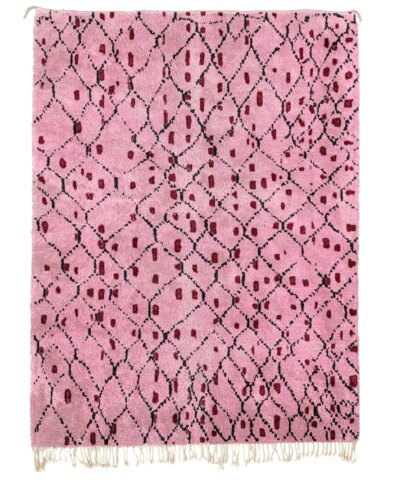
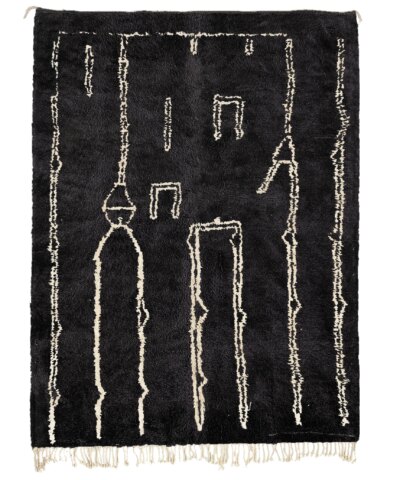
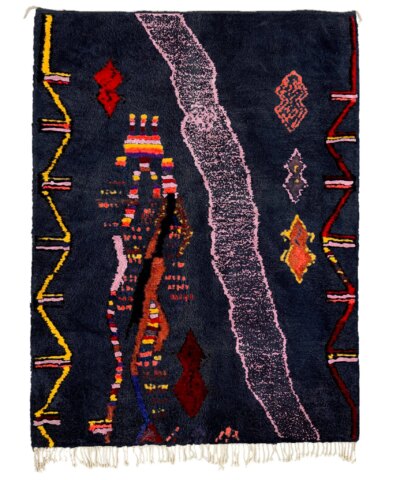
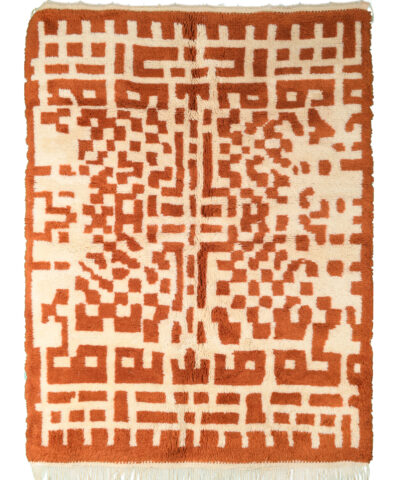
William –
I’m constantly getting compliments on my Moroccan rug. The blend of traditional and modern design elements is exquisite. It’s a symbol of art and tradition.